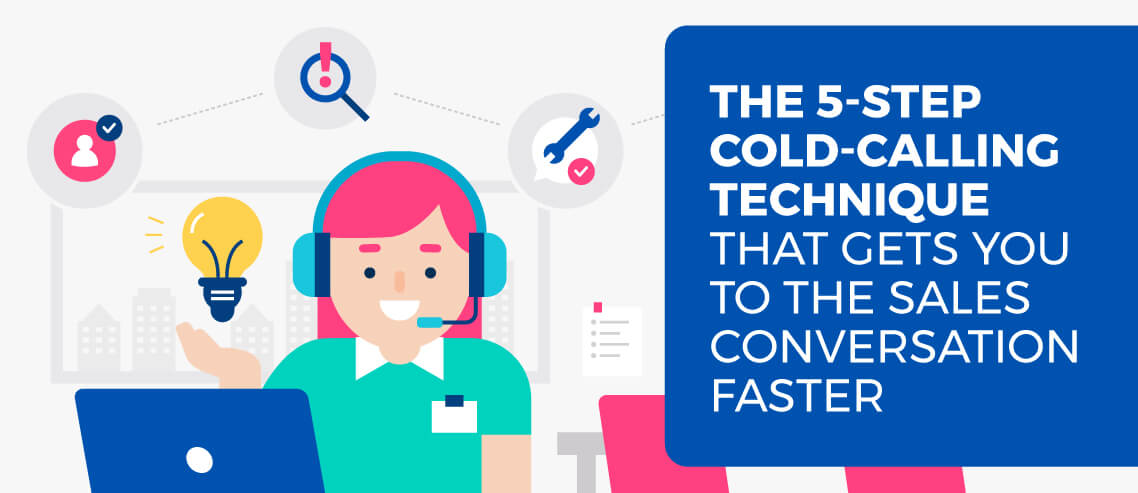Why Feature-Benefit Selling Will Increase Your Sales
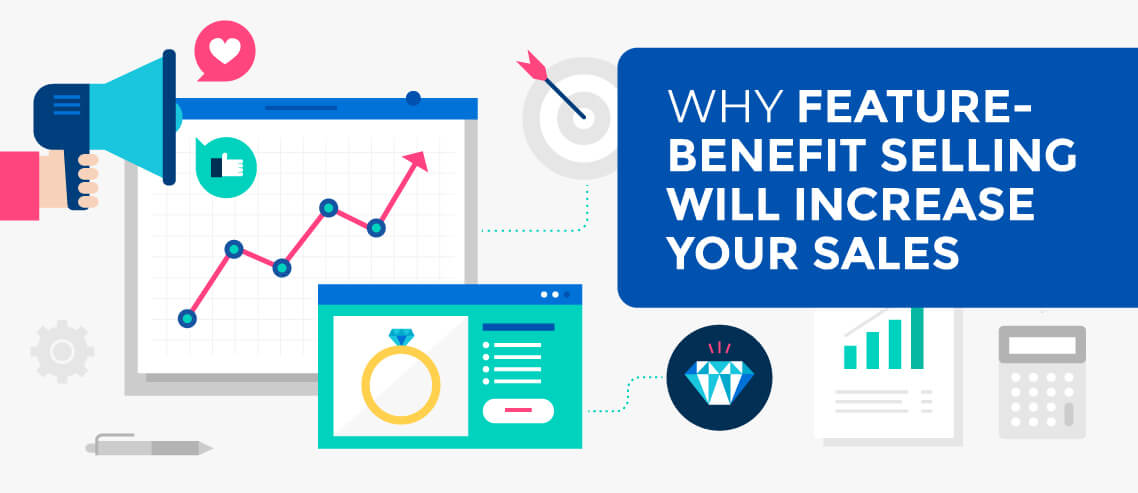
Contents
The current business ecosystem is very competitive. Customers have access to a broad spectrum of products and the choices are limitless. More importantly, new products hit the market on a daily basis, because no two consumers are identical. They all have different needs, interests, and pain points.
These differences underline the importance of helping a customer connect the features that a particular product has with its benefits, namely the way they will improve their quality of life.
While this seems to be a reasonably straightforward approach, it’s proven to be a highly efficient sales strategy that can have a significant impact on your business’s revenue.
In this article, we’ll take a closer look at what feature-benefit selling is, how to use it properly, and why you should consider opting for it ASAP.
Let’s dive right in, shall we?
Let’s define what features and benefits are
While these are by no means obscure words that demand a dictionary definition, we need to establish what the functions of features and benefits are in the context of feature-benefits selling. To a certain extent, we can think of them like a “set-up and punch line”-type operation, where the features set up a person’s expectations and the benefits act as the punchline, by delivering the value of a product/service. Here’s a more detailed look:
- Features are representations of a particular product or service. They are an extension of what a person can do with a specific product or service. It aims to describe how their spectrum of liberties and opportunities can broaden after this acquisition.
- Benefits show the end results of the above-mentioned liberties. Namely, what a person can achieve by taking advantage of the extended liberties and opportunities that a product’s features can offer.
Providing customers with the benefits of purchase is crucial because they can move away from the technical peculiarities of an object or service, allowing them to focus on how it can elevate their life. This is a shift from factual information to emotional stimulation.
What is feature-benefit selling?
Feature-benefit selling is the process of connecting your the things your product helps your customer do (features) to the goals it will help them achieve and the pain points it will help them eliminate.
For example, the Mailshake product empowers salespeople to automate their prospecting outreach via personalized mail merges, social media integrations, and native phone dialing. These are some of the features we might show on a demo.
The benefit Mailshake provides (ie. what our customers actually care about) is that it saves them time by automating the repetitive task of reaching out and following up, and generates more leads for their business.
The process we employ to show potential customers how our features will help them realize those benefits is feature-benefit sales.
How do you shine a light on the benefits?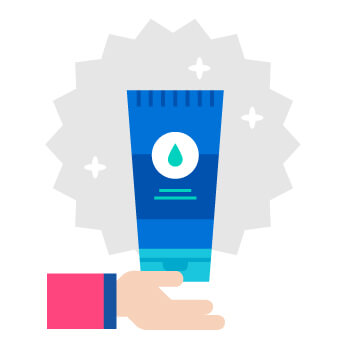
There is a wide array of emotions that salespeople can explore to increase their sales: fear, greed, a sense of belonging, and so forth. Feature-benefit selling, on the other hand, allows people to make purchases that help them alleviate frustrations, they’ve been dealing with for quite some time.
Eliminating a person’s frustrations is a gateway to a vast number of amazing things, like having a higher social status, having better self-esteem, saving time, being more productive, maximizing pleasure, personal empowerment, and many, many other things that people are profoundly passionate about.
Another highly effective way of tapping into a customer’s emotions is making them aware of a problem they might be facing, even if they are not aware of it. There are a few ways to do that. The most widespread scenario for it is the following:
- Tap into a customer’s desires. Find out what they’re passionate about and what their most pressing problems are;
- Make them aware of one or a few issues that they might be facing that might stop them from achieving their desires;
- Introduce a solution as soon as they realize they need one. This solution needs to be associated with the product or service you’re offering;
Here are a few basic examples of how you can connect a product’s features with its benefits through emotions:
- This car consumes much less fuel per mile than others; the amount of money that reduced fuel expenditure saves is a benefit; the things a person can do with this money is an emotional connector — spend money on family, children, etc….
- This cream has a set of high-quality ingredients that help you treat acne. The lack of acne can help you gain self-confidence and higher social status.
- This laptop comes with a preinstalled set of software that is updated regularly and gives you increased protection in terms of cybersecurity. Thus, you gain more confidence when browsing the internet and working with emails.
- This piece of handmade jewelry is one of a kind — this is a feature. Benefit — you’ll have a unique piece that nobody else owns. This taps into a person’s self-image and self-esteem.
A feature needs to be connected to the benefits of a product through an emotional connection. This makes the customer create a cognitive connection between the product and the improved quality of life. However, there is an important question — how do we know which benefits the customer is interested in?
How to decide what the benefits are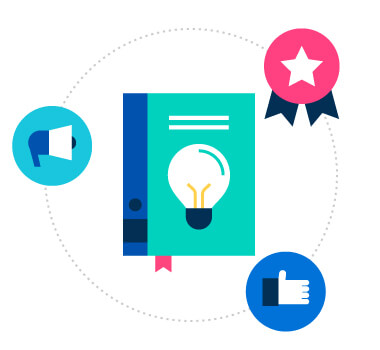
It’s essential to underline that different people are interested in different benefits. There is a variety of social cues that can help you understand what particular customers are interested in and what their pain points are. To understand what the customer might be into, carefully analyze their discourse, ask them how they feel about certain things. Ask them why they’re considering this purchase in the first place. Here are a few things that can help you maximize the efficiency of the benefits that you present to your customers:
- Tailor them to the desires and needs of the buyer
- They should make the buyer feel good about themselves and optimistic about the future
- They should make the buyer feel like life just got better thanks to the product
However, not all benefits should be profoundly emotional in their nature. Sometimes, you might not have enough information to predict what the customer is into. This is a situation where you could allow your prospects to fill in the blanks for themselves. Here are a few examples:
- This product could save your time so that you can invest it in the things that matter most;
- This product could help you spend less so that you can invest your money in the things that matter most;
- This product is very reliable, which means you don’t have to worry anymore;
- Etc….
This type of information can also be conveyed in written form, on your website or in brochures. There are many online services like Top Writers Review and Hemingway that can help you make your writing more emotive and evoke a specific spectrum of feelings in a person.
Consider storytelling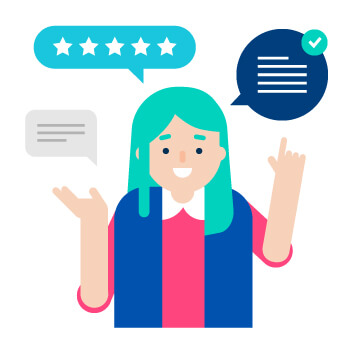
Storytelling is an incredibly powerful way of making your message persuasive, by placing it in the context of a story or a personal account about a real person.
Merely telling a prospect about the features of a product won’t entice them to make a purchase. As we’ve observed previously, people are driven by emotions.
Storytelling is a very powerful approach that allows you to tap into potential customers’ emotions. These aren’t just speculations. There is plenty of research that indicates the interdependence between exposure to exciting stories and elevated oxytocin — an important hormone associated with pleasurable social interactions.
Whenever you hug a close person, grab your significant other’s hand, get a pat on the back, your oxytocin levels elevate. This is the hormone that tells us that we’re in safety and that we’re around people we can trust. A very important study published in 2013 by Paul J. Zak’s proves that storytelling can replicate the same reaction as social interactions in people.
Here are a few suggestions that’ll help you tell a story:
- You need a story that is actually interesting and relevant;
- Tell the customer about the protagonists of your anecdote. What drives them, what are the issues that they’ve been facing?
- Try to focus on simple language. Don’t use marketing or niche jargon;
- Underline how the protagonist felt once they’ve solved their problem. Were they happy? Elated? Relieved?
- Close with a powerful call-to-action;
Storytelling allows us to speak to the core of what makes us human — the ability to associate with others. By incorporating this technique in your feature-benefit selling, you’ll be able to increase your sales and revenue significantly.
Conclusion
When presenting products and/or services, it’s essential to go beyond just presenting the features that it has, you need to focus on the benefits that a person will enjoy after making this purchase. Implementing some storytelling will only increase the probability of closing a deal. We hope you found this article helpful. Good luck!


